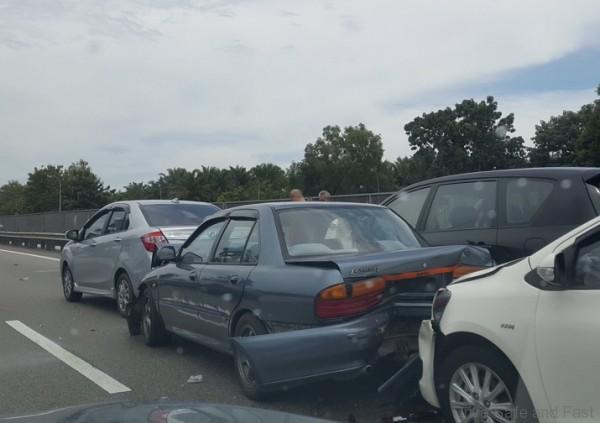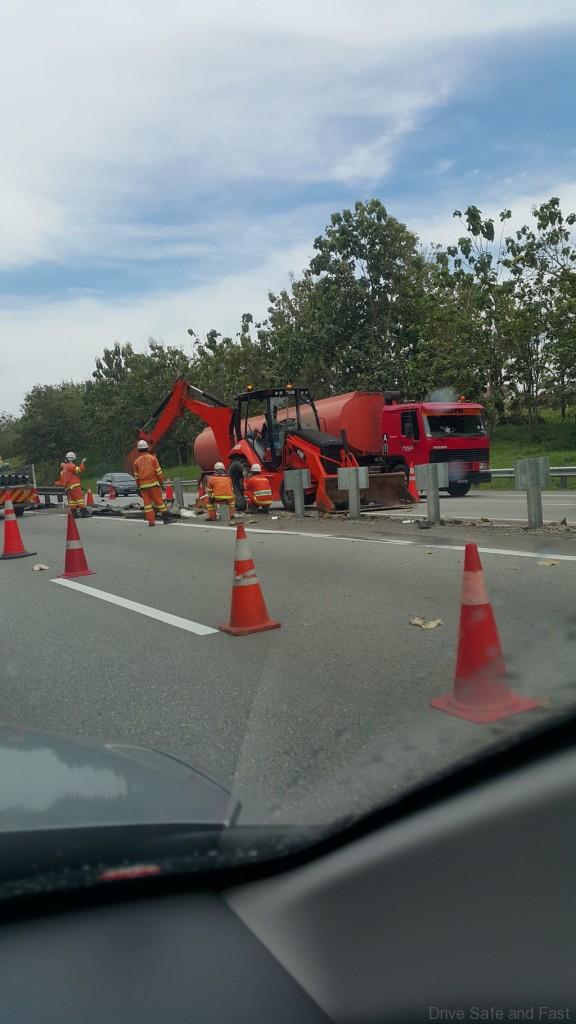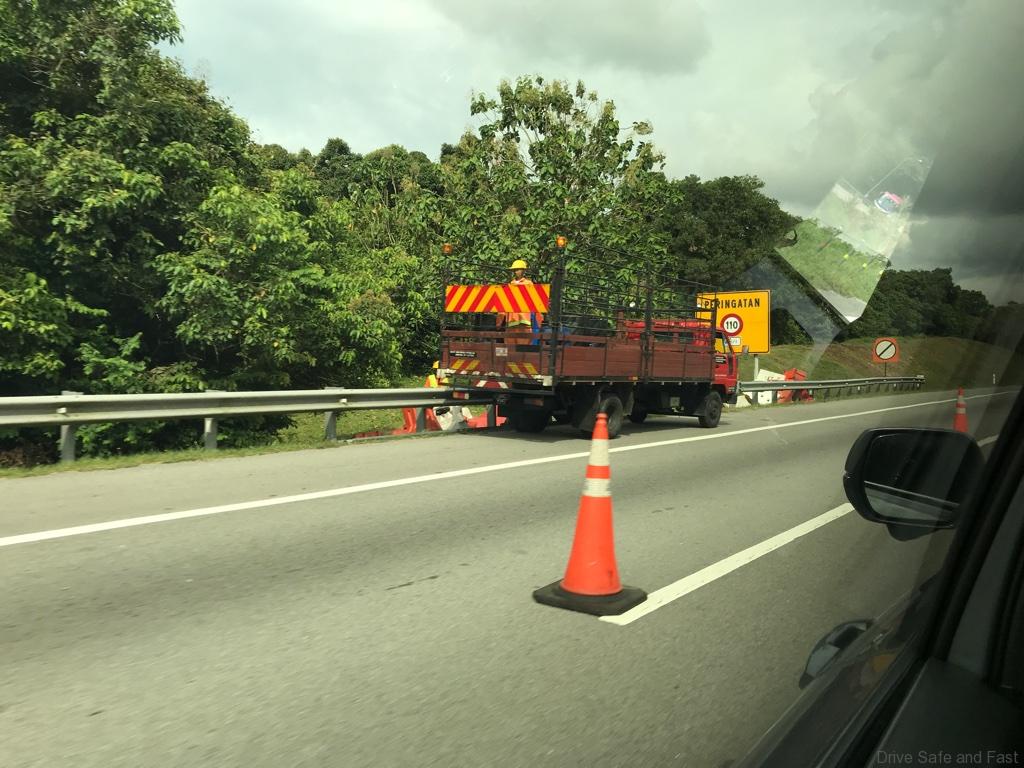I work in Kuala Lumpur but visit my hometown of Johor Bahru every month. That means I contribute roughly RM1200 a year to the PLUS highway’s revenue. A small drop in a very large pond, I’m sure.
Don’t get me wrong, I think PLUS is one of the best highways in the country and region. Their apps and videos are actually not bad.
Plus, I really don’t mind paying the RM80-100 toll. By ASEAN standards, it’s actually very reasonable. But what I can’t really understand is the frequency of roadworks. I’m writing this as I ride in the rear seat to JB. Today’s trip via the PLUS highway, at least 5 lane closures (so far).
Yes, constant improvement is good on any highway. In fact, we’re happy that some of that RM1200 is going back into the roads. The problem is, a trip to JB and back will have you stuck at roadworks 2-4 times on average. 3 lanes merge into 2. 2 lanes merge into 1. It’s a headache.

Time and time again I’ve seen accidents being caused and complete standstills. If I’m paying RM40 to use the highway, I expect relative peace of mind, and to be going at least 90km/h-110km/h. Anything more stressful or slower, I may as well be on a trunk road.
Is there a solution? Well, one thing they could do is put the roadworks warnings a little further up the road. They’ve done this to a certain degree, but there are still instances where the warnings only come around the corner, 200m from a lane closure. Not acceptable on a highway.

They can also space out the roadworks, so that only 1 instance of roadworks (on either side) can be scheduled every 200km. This would ensure that even if there’s a slowdown, it’s just once, not 2 or 3 times in one journey.
Those in charge of the highway also have the relevant data to know when traffic builds up and when it subsides. I’m sure they’re already using this data to avoid roadworks during peak seasons, but they can go further, down to days of the week and hours of the day to ensure maximum smoothness.


